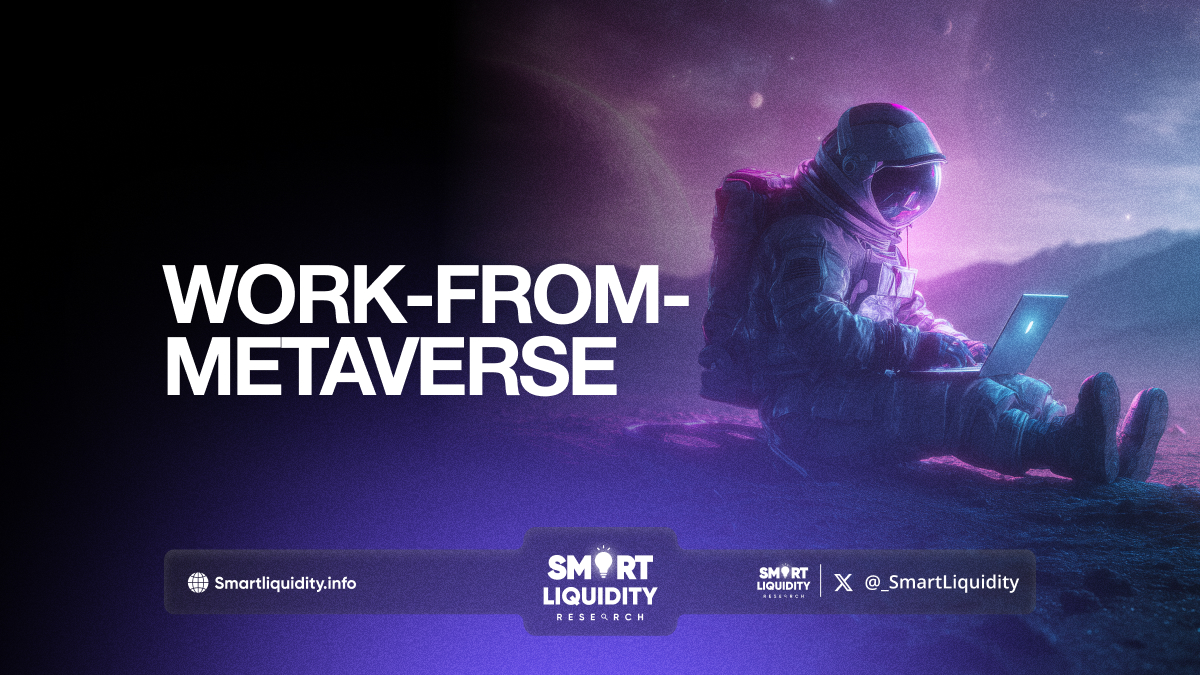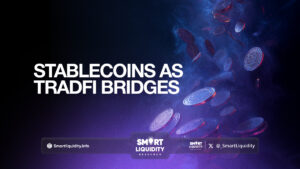Work-from-Metaverse (WFM)


Remote work has evolved beyond video calls and cloud tools into Work-from-Metaverse (WFM), a 3D virtual workspace where avatars collaborate, socialize, and innovate. This article explores the tech, pros, cons, and strategies behind WFM, a shift blending presence and productivity in new, immersive ways.
What Is Work-from-Metaverse (WFM)?
Work-from-Metaverse (WFM) is the next phase of remote work that integrates immersive technologies like Virtual Reality (VR), Augmented Reality (AR), and 3D virtual spaces to create dynamic environments where people work together in real-time. Instead of passive webcam calls and static interfaces, workers in a WFM setting appear as interactive avatars, engage with spatial tools, and collaborate on virtual whiteboards or digital twin simulations.
WFM brings the physical office experience—body language, proximity-based interaction, and shared space—into the digital world. Employees can ‘walk’ into a virtual conference room, share documents on holographic boards, or conduct product demos using digital prototypes, all within the metaverse.
In essence, WFM reimagines the workplace as an immersive, limitless digital landscape, breaking geographical barriers and unlocking new possibilities in communication, creativity, and team cohesion.
Technologies Powering the WFM Revolution
A robust and multi-layered tech stack supports the WFM model, involving both hardware and software innovations that enable real-time immersion and seamless collaboration.
Technology | Role in WFM | Key Players |
VR/AR Headsets | Deliver immersive environments and user embodiment | Meta (Quest), Apple (Vision Pro) |
Spatial Audio | Creates realistic soundscapes for natural communication | High Fidelity, Dolby.io |
AI Avatars | Enable realistic facial expressions and speech translation | Ready Player Me, Inworld AI |
Digital Twins | Simulate real-world spaces for collaboration and testing | NVIDIA Omniverse, Siemens |
Cloud Rendering | Supports fast, high-quality graphics across devices | AWS, Azure, Google Cloud |
Blockchain | Manages identity, access control, and asset ownership | Ethereum, Polygon, Flow |
Each of these components plays a role in making WFM not only functional but frictionless—bridging the gap between physical and digital with increasing realism and efficiency.
Why Companies Are Embracing WFM
WFM isn’t just an experimental trend—it offers concrete advantages for companies and employees alike. Here’s why enterprises are exploring or adopting it:
✅ Real-Time, Immersive Collaboration
WFM fosters deeper engagement than standard video conferencing. Teams can brainstorm in shared 3D spaces, interact with digital objects, and co-create without screen fatigue. The spatial dynamic encourages creativity and fluid exchange of ideas.
✅ Remote Inclusivity
Employees in different time zones or from underrepresented communities can participate equally. The anonymity and flexibility of avatars often lower social barriers and reduce unconscious bias, promoting diversity.
✅ Customizable Workspaces
Unlike physical offices, virtual spaces are fully customizable. Teams can build their own dream offices, innovation labs, or project war rooms—designed for the exact needs of their work style.
✅ Environmental and Financial Savings
No commute, no buildings to maintain, and significantly lower overhead. This translates to smaller carbon footprints and greater sustainability.
✅ Culture and Identity Retention
WFM platforms allow companies to recreate branding elements and social rituals (virtual coffee breaks, town halls, etc.), helping maintain a sense of organizational identity and belonging.
The Challenges Ahead
Despite its potential, WFM also presents several hurdles. These challenges must be addressed to ensure safe, ethical, and widespread adoption.
⚠️ Cost and Accessibility
High-quality VR headsets and the internet bandwidth required for metaverse applications are not yet universally accessible. Without proactive inclusion strategies, WFM could deepen the digital divide.
⚠️ Data Privacy and Surveillance
In a metaverse workspace, it’s technically possible to monitor eye movements, posture, emotional cues, and location. This raises concerns around surveillance and data misuse.
⚠️ Avatar Fatigue & Motion Sickness
Wearing VR headsets for long durations can cause discomfort, especially among users not accustomed to immersive technologies. Design standards and health guidelines are necessary.
⚠️ Security Risks
Virtual environments open new attack surfaces—from avatar impersonation to spatial phishing. Strong encryption and identity verification are essential.
⚠️ Change Management
WFM represents a cultural shift. Training, onboarding, and psychological adaptation require investment and planning to avoid resistance or burnout.
Real-World Examples: Who’s Already Doing It?
The metaverse isn’t some far-off concept. Several forward-thinking organizations are already embracing WFM-like practices today.
🔹 Accenture
Accenture created a fully immersive onboarding program in their “Nth Floor” metaverse, welcoming 150,000+ new employees using virtual campus environments.
🔹 NVIDIA Omniverse
NVIDIA allows remote teams to collaborate on product design using real-time digital twins of physical factories, enabling more sustainable and responsive workflows.
🔹 Horizon Workrooms by Meta
Meta’s VR platform enables meetings in spatial environments with virtual whiteboards, hand tracking, and desktop integrations, aiming to redefine team collaboration.
These case studies underscore how WFM is already providing real value across sectors, from consulting to manufacturing and tech.
How to Prepare for a WFM Future
As WFM moves from prototype to mainstream, organizations should begin laying the groundwork now.
🧭 1. Identify Use Cases
Not all departments need immersive tools. Focus on where WFM adds tangible value—R&D, design, training, customer engagement.
🧭 2. Upgrade Digital Infrastructure
Ensure employees have access to high-speed internet and devices compatible with AR/VR environments.
🧭 3. Prioritize Security & Governance
Adopt decentralized identity solutions, secure communication protocols, and transparent data policies.
🧭 4. Invest in Employee Onboarding
Create gamified tutorials and low-stakes sandbox environments so workers can explore WFM tools without pressure.
🧭 5. Reimagine HR and Culture
From avatar dress codes to virtual watercoolers, rethinking company culture in the metaverse is critical for maintaining morale and collaboration.
Conclusion: Will WFM Become the Norm?
WFM is not just a replacement for remote work—it’s an evolution. It empowers people to connect, create, and collaborate in ways that transcend the limitations of geography, physical offices, and 2D screens.
While challenges remain, the benefits of spatial work environments—especially in a globalized, decentralized, and digital-first economy—are too promising to ignore. Whether through VR headsets, browser-based metaverse platforms, or AI-enhanced avatars, the future of work is increasingly immersive, interactive, and interconnected.
As we enter a new era of productivity, WFM invites us to reimagine not just how we work—but where work lives.




